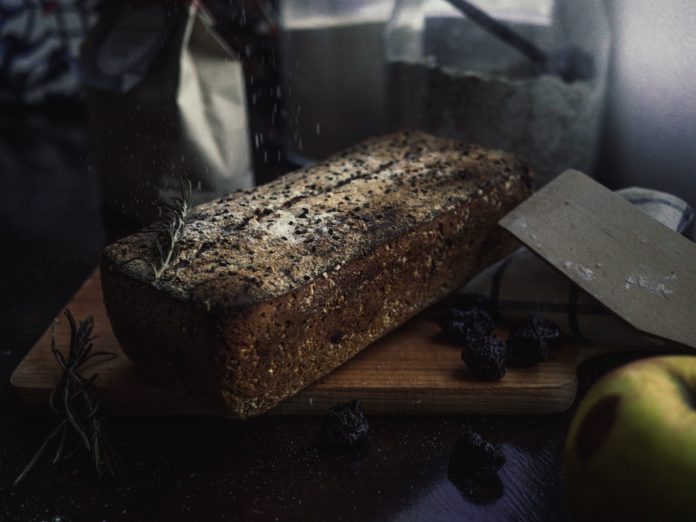Whether you have a medical condition that prevents you from eating gluten and wheat flour or you just want to experiment with healthier options in the kitchen, starting with non-wheat types of flour can be overwhelming. It shouldn’t be, though. Flours derived from grains, beans, or nuts are often delicious and actually a great choice for many dishes.
You don’t have to go to the store and buy ten kinds. Start slowly with just one or two recipes and go from there. Don’t be afraid of failing, especially if you’re trying your own combinations. Not all flours act the same and you’ll often need a few tries before the recipe works.
One thing you should know is that you’ll get the best results with flour blends. The one-type substitution will rarely give you the results you want. The good news is that you can buy pre-made blends for specific purposes so you don’t have to scratch your head wondering which type is good for what. For everyday baking, there are all-purpose gluten-free blends that should work most of the time.















